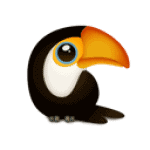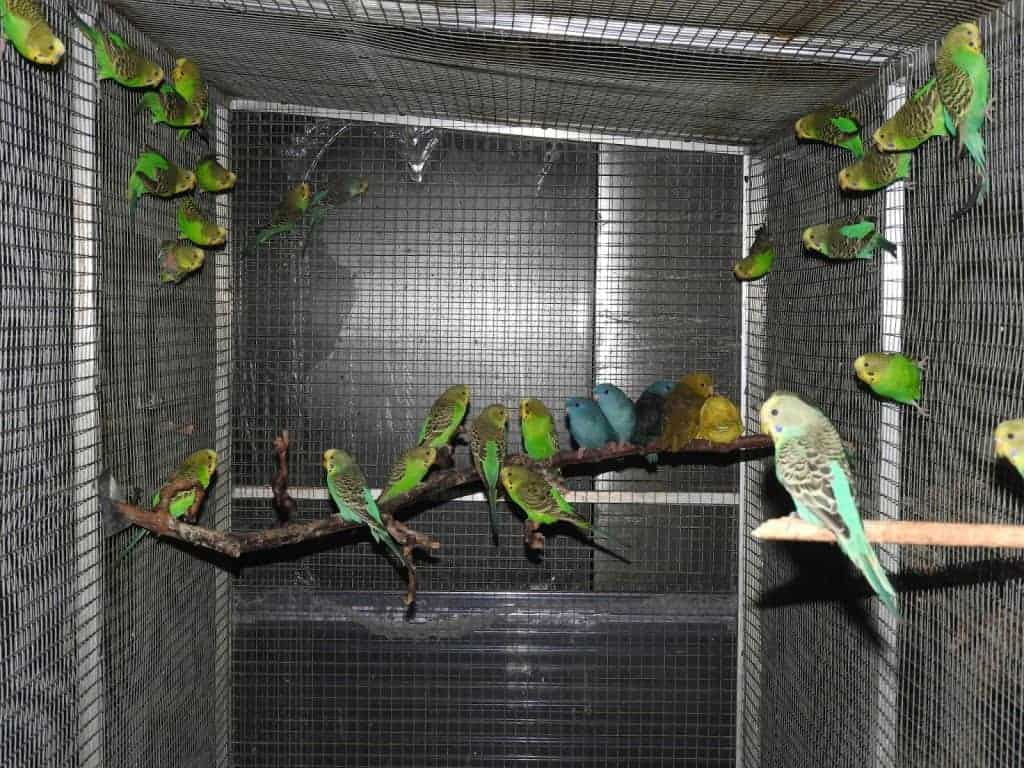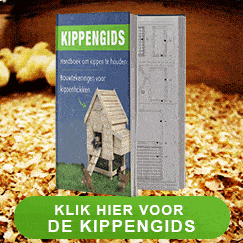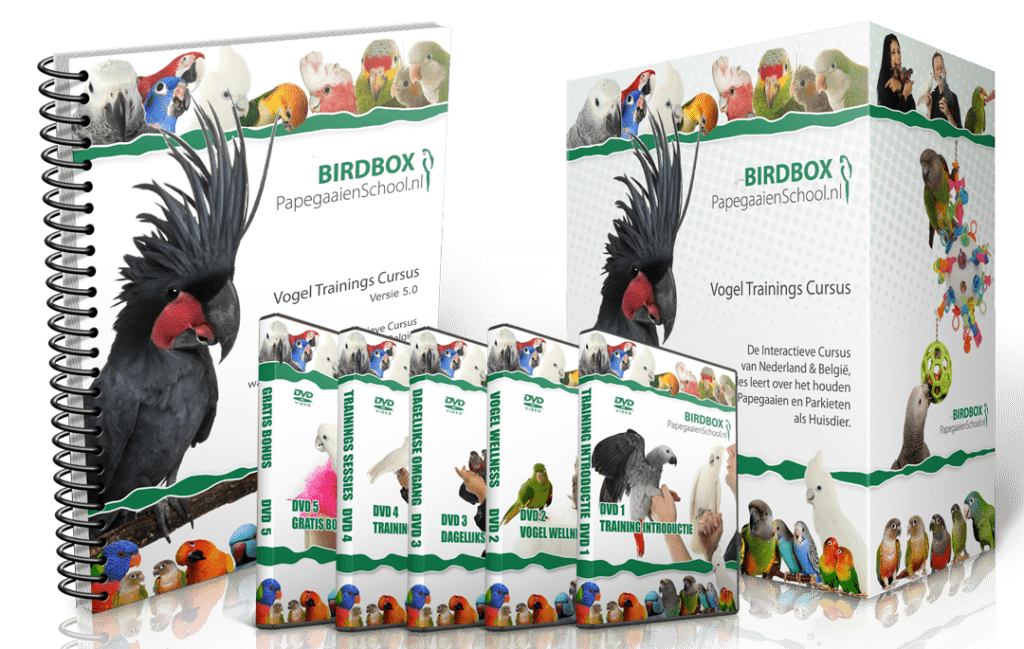The budgerigar is a lively, social bird. He is probably that is why for almost 200 years a favoured Aviary bird. It is a easy to keep bird and therefore very popular with novice bird enthusiasts.
Origin of the budgerigar
The budgerigar is coming from Australia where they are often in swarms of thousands around swarms. It is an open area with here and there a tree. In the wild they feed mainly on grass seeds, weed seeds, boy barges of plants and insects. They eat not only the seeds from the plant like most birds, but also on the ground.
Power supply of the grass parakeet
A budgerigar has a seed mixture for small parakeets or grass parakeets. This should be supplemented with grit and of course water. Best is that you also once or twice a week a piece of hard fruit (e.g. Apple or pear) or green feeds gives. This money also for spray millet
Growing with the budgerigar
In the wild they live in colonization, that is to say as a group with multiple couples briefly at each other. They make or use than a cavity in a tree where they are about 4-8 white eggs in. After about 18 days come breed there boy from the eggs. Then it takes about 3-4 weeks fly them out and then another 1-2 weeks to be fed.
They give you a breeding in captivity with block sizes of approximately 25 * 15 * 15. This may be a flat or a self-standing nest. Please note that you have 2 nests hangs per couple if you have multiple couples in an Aviary. If there is only just enough, they can fight. Also be aware that you isolate the boy if they can eat independently. This because the boy otherwise a fat month after flying out also start laying eggs and you will get so inbred.
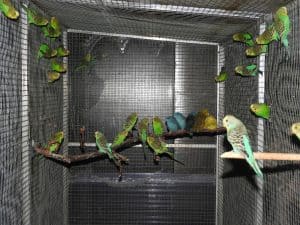
The price for a budgerigar is 5-10 euro, for special mutations the price can be up to 50 euro or more.
The budgerigar as bird living room
As already reported the budgerigar is a social bird and take you best a boyfriends budgerigar as company. If this does not happen can problem behavior such as plucking, screaming, biting occur. Also, remember not a toy to the bird, this resolves boredom, which often is the source of problem behavior. They make fortunately not too loud noise, but are almost constantly busy. The minimum cage size for one bird are 40 * 30 * 50 but more place is obviously better.
